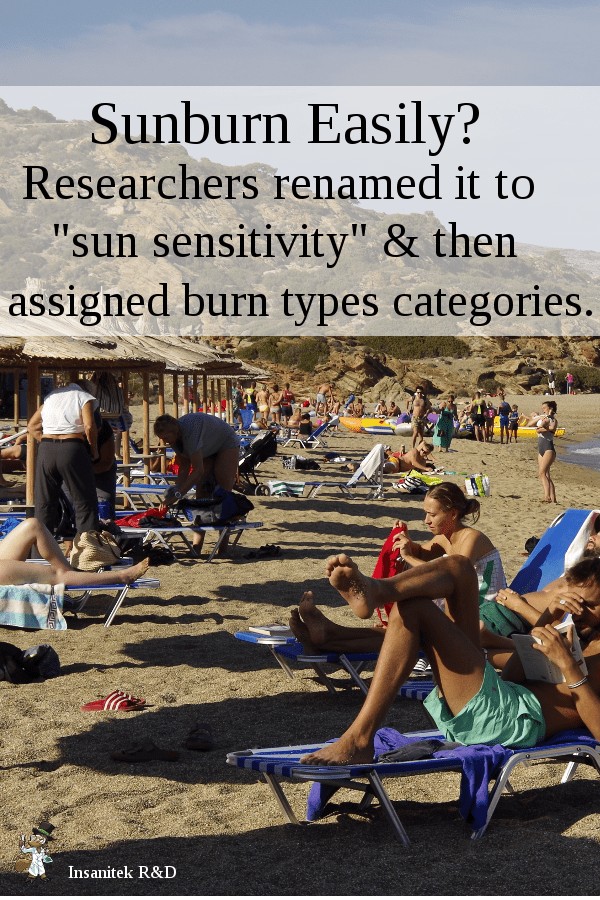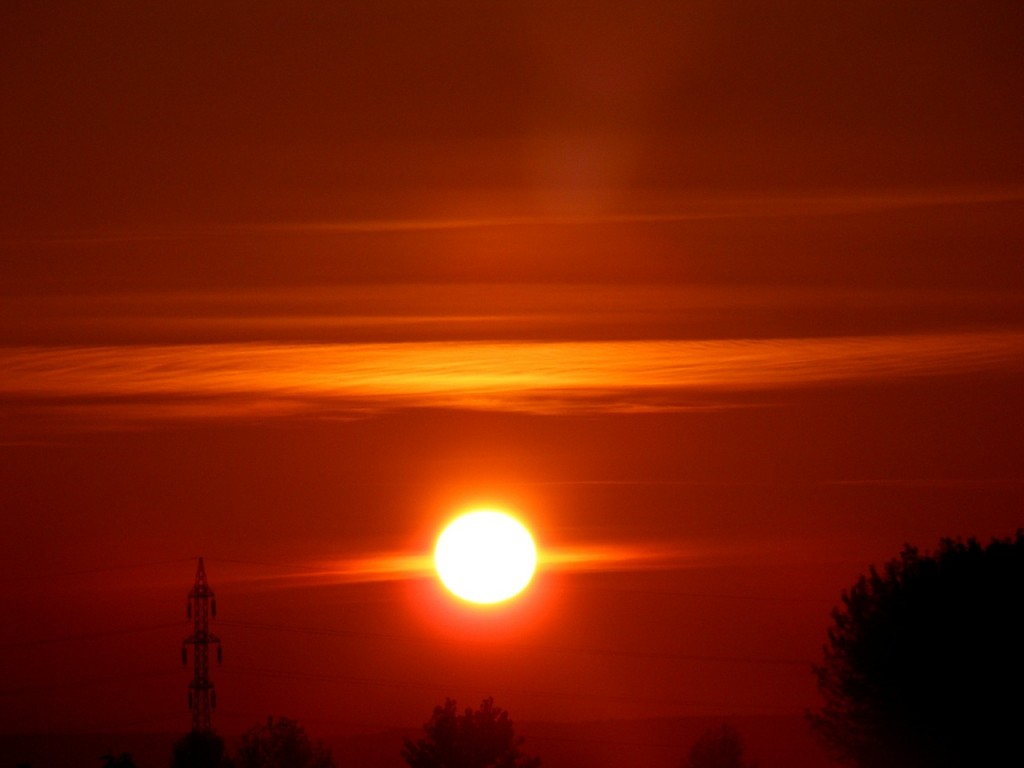 If you have pale skin, there’s some bad news – you might be more prone to burning under the sun. Some of you may already know this from experience, but according to a new study, those who are prone to burning may need to use even more protection than they previously thought (Crist, 2018).
If you have pale skin, there’s some bad news – you might be more prone to burning under the sun. Some of you may already know this from experience, but according to a new study, those who are prone to burning may need to use even more protection than they previously thought (Crist, 2018).
Kasey Morris of the National Cancer Institute and colleague Frank Perna recently analyzed data from more than 28,000 responses to the 2015 National Health Interview Survey. In the survey, participants were asked what would happen to their skin if they were out for an hour after several months of not being exposed. The researchers categorized people who said “get a severe burn with blisters,” “have a moderate sunburn with peeling,” or “burn mildly with some or no tanning” as sun-sensitive.
The survey respondents were also asked how many times they had experienced a sunburn in the past year and how often they used sun protection on warm, sunny days. The choices available to them were “sunscreen,” “shade,” “a cap or visor,” “a wide brimmed hat,” “long sleeves,” and “long pants.”
The researchers discovered that 77 percent of respondents used at least one form of sun protection. Forty percent claimed that they often seek shade.
Among the sun-sensitive respondents, those who only used sunscreen had the highest rate of sunburn – 62 percent. Sun-sensitive people with the lowest likelihood of sunburn didn’t use sunscreen but found shade, wore a hat and wore protective clothing.
“The most surprising and counter-intuitive finding was that regular sunscreen use, in the absence of other protective behaviors, was associated with the highest likelihood of sunburn,” Morris told Reuters. “This study underscores recommendations that sunscreen should not be used in isolation.”
Alan Geller of the Harvard T.H. Chan School of Public Health told Reuters that he believes Americans need to be re-educated on using enough sunscreen and covering up when the sun is out for additional protection.
“It’s good to see that shading has become the main form of sun protection as it’s free, inexpensive and feels better than being outside in the broiling sun,” he told Reuters. “We need to create more shade structures at schools and parks, where we can have more control over the physical environment than we would at places like beaches and lakes.”
And if you can’t cover up, the reapplication of sunscreen is even more important, especially on particularly sunny days.
References
Crist, Carolyn. “Sun-sensitive people need more than sunscreen to avoid sunburn.” Reuters. Retrieved on July 11, 2018, from https://www.reuters.com/article/us-health-sunburns/sun-sensitive-people-need-more-than-sunscreen-to-avoid-sunburn-idUSKBN1K02RB
Morris, Kasey. Perna, Frank. “Decision Tree Model vs Traditional Measures to Identify Patterns of Sun-Protective Behaviors and Sun Sensitivity Associated With Sunburn.” JAMA. Retrieved July 11, 2018, from https://jamanetwork.com/journals/jamadermatology/article-abstract/2684788
